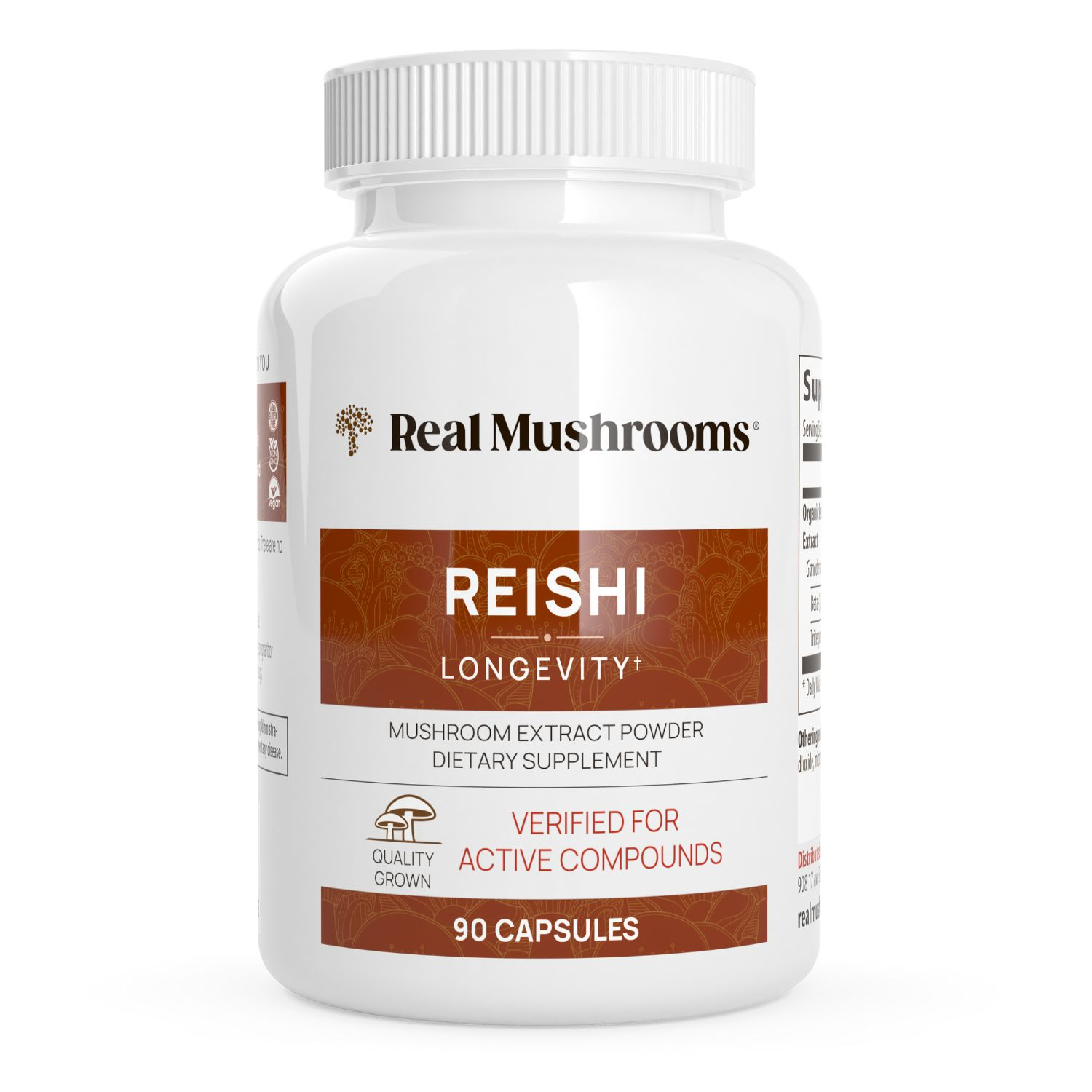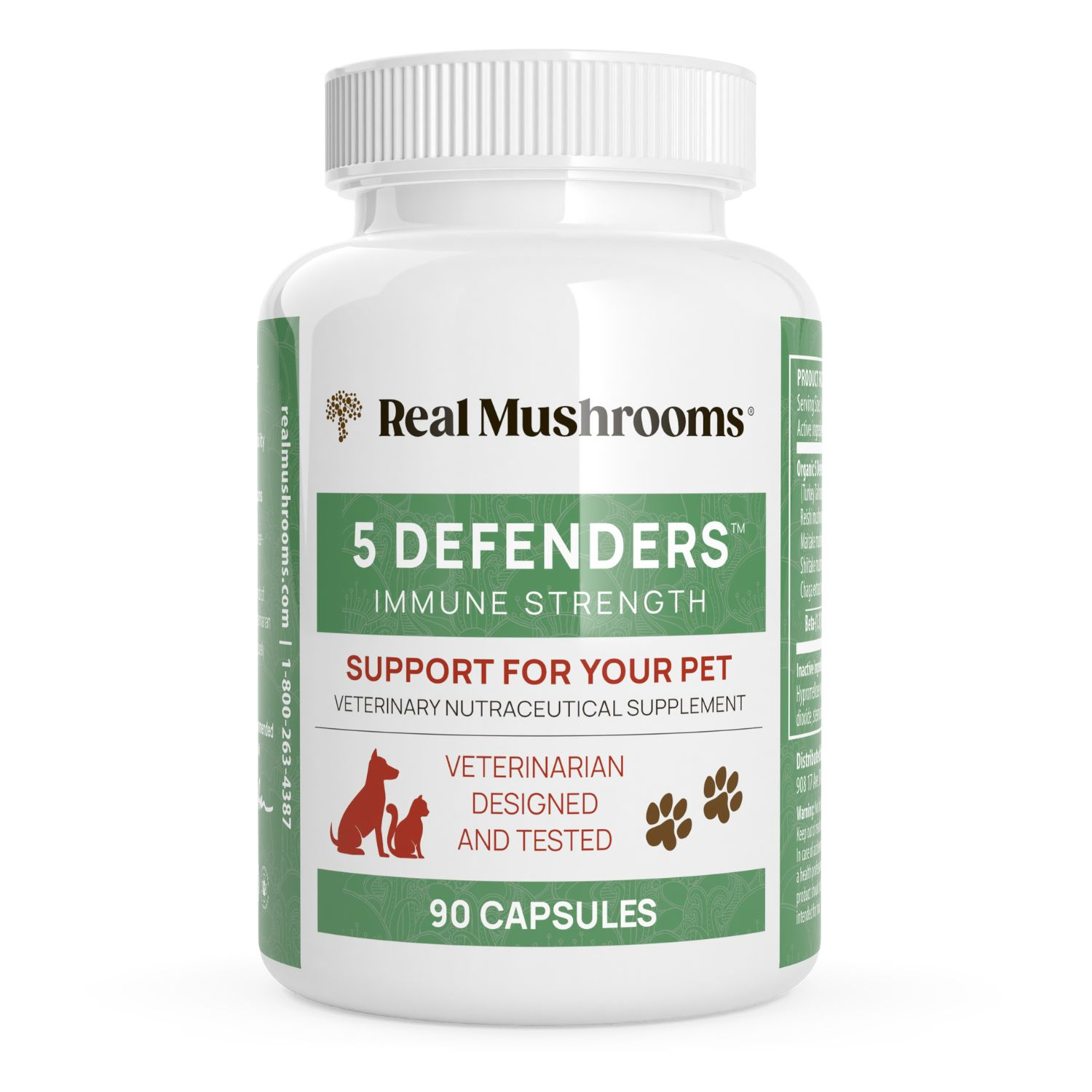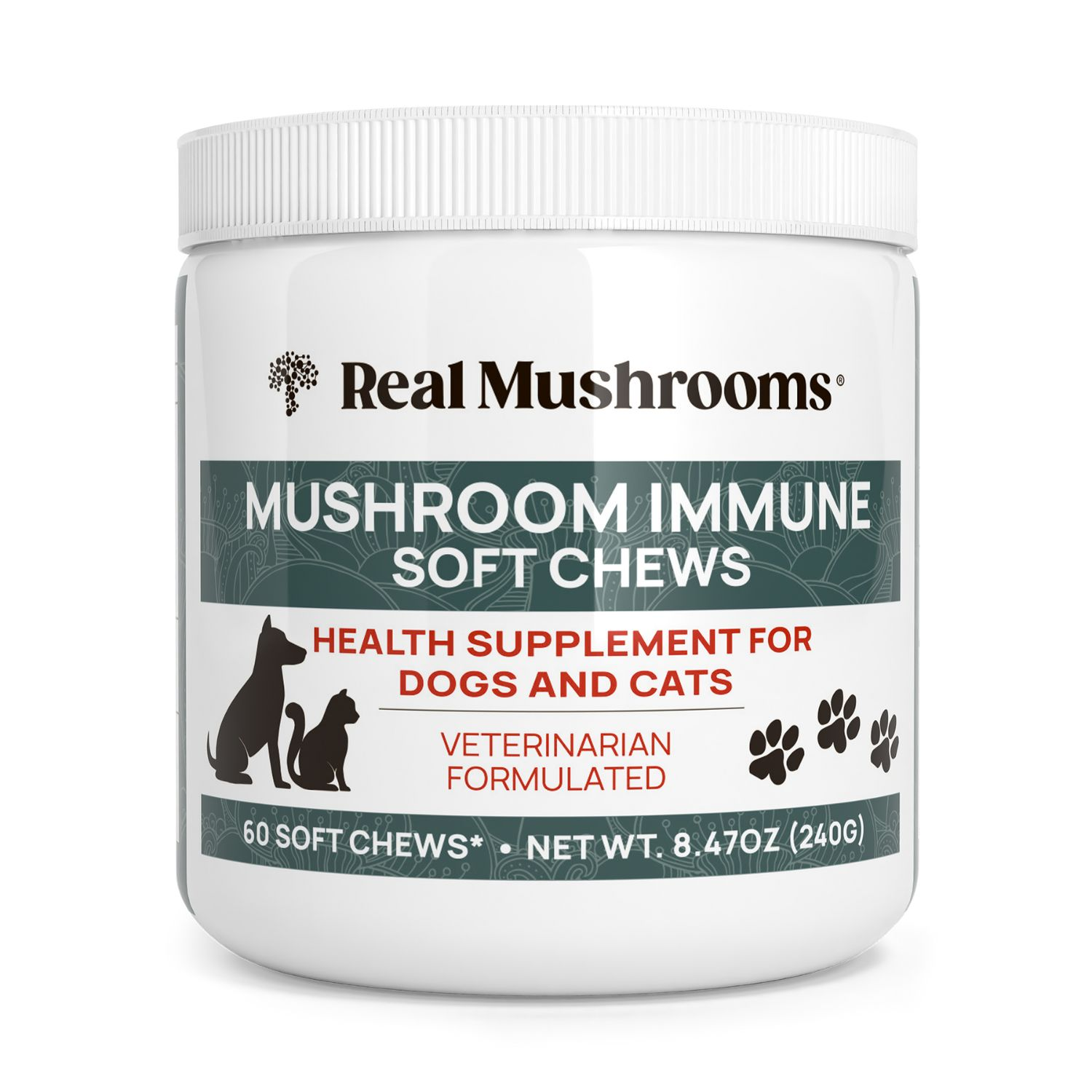Oyster Mushroom Identification: A Guide for Foragers
12 minute read

Oyster mushrooms are popular among foragers due to their distinctive appearance, culinary versatility, and health benefits. This guide provides essential information for oyster mushroom identification in the wild, ensuring safe foraging practices, and exploring their various uses.
Whether you are a novice forager or an experienced mycophile, understanding oyster mushrooms' key characteristics and habitats is crucial for a successful and enjoyable foraging experience.
In This Article
- What Are Oyster Mushrooms?
- Oyster Mushroom Color Variations Explained
- Where Do Oyster Mushrooms Typically Grow?
- Different Types of Oyster Mushrooms
- How to Identify Oyster Mushrooms?
- How to Differentiate Oyster Mushrooms from Similar Species?
- What is the Best Time of Year for Oyster Mushroom Hunting
- What Types of Environments are Ideal for Finding Oyster Mushrooms?
- What Should I Do if I'm Unsure About a Mushroom's Identity?
- Oyster Mushrooms and Health: Clearing Up Misconceptions
What Are Oyster Mushrooms?
Oyster mushrooms are edible fungi belonging to the Pleurotus genus. They are prized for their delicate flavor, tender texture, and versatility in the kitchen.
These mushrooms are characterized by their oyster-shaped caps, ranging from white to gray or even brown, and their decurrent gills extending down the stem. Their widespread availability and distinctive appearance make them favorites among novice and experienced foragers.
Oyster Mushroom Color Variations Explained
Oyster mushrooms exhibit various color variations that can help their identification. These color differences can be influenced by species, age, and environmental factors.
- White to Cream: Many oyster mushrooms, particularly the common Pleurotus ostreatus, start as white or cream-colored. This is often seen in younger specimens.
- Gray to Brown: Some oyster mushrooms may transition to gray or brown hues as they mature. This is typical for species like Pleurotus pulmonarius.
- Blue to Gray-Blue: Certain species, such as Pleurotus columbinus, exhibit a blue to gray-blue coloration, especially when young.
- Pink: Pleurotus djamor, also known as the pink oyster mushroom, is notable for its vibrant pink color, which can fade to a paler pink or white as it ages.
- Yellow: The golden oyster mushroom, Pleurotus citrinopileatus, is distinguished by its bright yellow cap, which can become paler with age.
Environmental Influences
- Light Exposure: The amount of light can affect the color intensity of oyster mushrooms. For example, mushrooms grown in low light conditions may appear paler.
- Temperature: Cooler temperatures can enhance the blue hues in species like Pleurotus columbinus, while warmer conditions may intensify the yellow in Pleurotus citrinopileatus.
- Humidity: High humidity levels can produce more vibrant colors, whereas dry conditions might produce duller appearances.
Age-Related Changes
- Young Specimens: Typically exhibit more vibrant and distinct colors.
- Mature Specimens: Colors often become more muted and can shift towards browner tones as the mushroom ages.
Health Fact: Oyster mushrooms are low in calories but rich in nutrients like protein, B vitamins, minerals, and fiber. They also contain statin compounds like lovastatin, which may help maintain cholesterol levels within a healthy range. <1>
Where Do Oyster Mushrooms Typically Grow?
Oyster mushrooms grow on various hardwood trees, both living and dying trees. They are saprotrophic fungi, meaning they feed on decaying organic matter, which makes them particularly prevalent on fallen logs, stumps, and dying trees. <2>
The following are key details about their typical growing environments:
Growth Conditions
Oyster mushrooms thrive in environments that provide the following conditions:
- Moisture: They prefer damp, humid conditions often found in shaded forest areas.
- Temperature: Optimal growth occurs in temperatures ranging from 55°F to 75°F (13°C to 24°C), although they can tolerate a wider range. <3>
- Substrate: They grow on various substrates, including sawdust, straw, and other agricultural by-products, but they are most commonly found on hardwood logs and tree stumps. <4>
Geographic Distribution
Oyster mushrooms have a wide geographic distribution and can be found in various regions around the world:
- North America: Common in both the United States and Canada, particularly in temperate forests.
- Europe: Widely distributed across the continent, from the Mediterranean to Scandinavia.
- Asia: Found in diverse habitats, including temperate and subtropical forests.
- Australia: Present in both natural forests and urban areas.
By understanding these growth preferences and conditions, foragers can more effectively locate and identify oyster mushrooms in their natural habitats.
Different Types of Oyster Mushrooms

Oyster mushrooms encompass a variety of species, each with unique characteristics. Distinguishing features include cap color and shape, gill appearance, stem, habitat, and spore print. All these species are edible, making them popular choices for culinary use.
The most common types of oyster mushrooms include:
Pleurotus ostreatus
Known as "true oyster mushrooms" this species is widely cultivated and recognized by its broad, fan-shaped cap, which can range from white to gray or brown. It typically grows on hardwood trees. You can tell the true oyster from its decurrent gills that run down the length of the stem. This species typically grows on hardwood trees.
Pleurotus pulmonarius
Often referred to as the "phoenix oyster," this species has a lighter cap color, usually white or pale tan, and tends to fruit in warmer temperatures compared to P. ostreatus.
Pleurotus djamor
Also called the "pink oyster mushroom," this species is notable for its vibrant pink color, which fades to a paler shade upon cooking. It thrives in tropical and subtropical climates.
Pleurotus eryngii
Commonly called the "king oyster mushroom," it is distinguished by its thick, meaty stem and smaller cap. This species is often found growing on the roots of herbaceous plants rather than on wood, unlike many other inedible fungi that may inhabit similar environments.
Pleurotus citrinopileatus

Known as the "golden oyster mushroom," it features a bright yellow cap and is prized for its delicate texture and flavor. It is less common in the wild but is cultivated for culinary use and is particularly abundant in the amino acid ergothioneine.
Understanding these differences is crucial for accurate identification and successful foraging. Each species offers unique culinary and nutritional benefits, making them a valuable addition to any forager's repertoire.
How to Identify Oyster Mushrooms?
When identifying oyster mushrooms, several key features can help distinguish them from other species. These features include the cap shape and texture, gills, stem, and spore print color.
Cap Shape and Texture
- The cap of oyster mushrooms is typically fan-shaped or oyster-shaped, which is where they get their common name.
- Caps can range in size from 5 to 25 centimeters in diameter.
- The surface of the cap has a smooth, dense, and velvety texture that is slightly sticky when wet.
- The cap's edges are often rolled inwards when young and flattened out as the mushroom matures.
Gills
- The gills of oyster mushrooms are decurrent, meaning they run down the length of the stem.
- Gills are soft and pliable, easily separating from the cap when handled.
Stem
- Oyster mushrooms may have a very short stem or or no stem at all, attaching directly to the substrate.
- When present, the stem is typically off-center and can be white to light brown.
- The stem is usually firm and fibrous, becoming tougher as the mushroom ages.
Spore Print Color
- The spore deposit forms a print when its spores are released onto a surface, creating a pattern that helps with oyster mushroom identification.
- To obtain the spore deposit, place the cap gill-side down on a piece of paper and cover it with a bowl or cup to prevent air currents from disturbing the spores.
- After several hours, the print will appear, typically in a white to lilac-gray color.
By examining these key features, foragers can more accurately identify oyster mushrooms and differentiate them from other similar species.
Did You Know? Mushroom spores are so tiny that you need a microscope to see them individually, but thousands can grow on just one gill of a mature mushroom!
How to Differentiate Oyster Mushrooms from Similar Species?
To differentiate oyster mushrooms from similar species, foragers should pay close attention to several distinguishing features. Most oyster mushrooms are often confused with other wild mushrooms and fungi with similar habitats and physical characteristics.
Here are some key points to consider:

By carefully examining these features, foragers can more accurately identify oyster mushrooms.
Safety Tip: When looking for oyster mushrooms, be cautious of look-alikes like Angel's Wings and Jack-O'-Lantern, which are highly poisonous. Always verify the mushroom's color and gill structure before consuming to ensure safety!

What is the Best Time of Year For Oyster Mushroom Hunting?
Oyster mushrooms can be found throughout the year, but their peak seasons vary depending on the climate and region. Generally, the best times to harvest oyster mushrooms are during the cooler, wetter months. Here is a breakdown of the optimal foraging times by season:
- Spring: In many temperate regions, oyster mushrooms appear in early spring as moisture levels increase. This is often one of the most productive times for foragers.
- Summer: While oyster mushrooms can still be found in the summer, they are less common due to higher temperatures and lower humidity. However, after heavy rains, you may still find oyster mushrooms.
- Fall: Fall is another prime season for oyster mushrooms, especially in areas with deciduous forests. The combination of falling temperatures and increased rainfall creates ideal conditions for their growth.
- Winter: In milder climates, oyster mushrooms can be found during the winter months, particularly on fallen logs and decaying wood of deciduous trees like beech trees.
Foragers should be aware of the specific species of oyster mushrooms in their region, as different species may have slightly different fruiting times.
What Types of Environments are Ideal for Finding Oyster Mushrooms?
Oyster mushrooms thrive in a variety of environments, making them accessible to foragers in diverse locations. These fungi are saprotrophic, feeding on decaying organic material, especially wood. They often grow in overlapping clusters, which is a key characteristic that can help identify them in the wild.
Understanding the types of environments where oyster mushrooms flourish can significantly enhance the success of foraging efforts.
Preferred Forest Types
Oyster mushrooms are commonly found on hardwood trees such as:
- Beech trees
- Oak trees
- Maple trees
- Poplar trees
They are less frequently found on coniferous trees, but can occasionally be seen on:
- Pine
- Spruce
Wood Conditions
Oyster mushrooms prefer wood that is in various stages of decay. They can be found on:
- Fallen logs
- Dead or dying trees
- Stumps
- Fallen branches
The mushrooms are more likely to appear on moist wood and have begun to decompose, providing the ideal conditions for their mycelium to thrive.
Moisture and Humidity
Oyster mushrooms favor environments with high humidity and adequate moisture. They are often found in areas that:
- Receive consistent rainfall
- Are near bodies of water such as streams, rivers, or lakes
- Have a dense canopy that retains moisture
Temperature and Climate
Oyster mushrooms can grow in a wide range of temperatures, but they are most prolific in temperate climates. They can be found in:
- Spring and fall in temperate regions
- Cooler, shaded areas during summer
- Mild winter conditions in warmer climates
Altitude
While oyster mushrooms are adaptable to various altitudes, they are most commonly found at:
- Low to mid-elevations in temperate zones
- Higher elevations in tropical regions where temperatures are cooler
Urban Environments
In urban settings, oyster mushrooms can be found in:
- Parks with old, decaying trees
- Abandoned lots with fallen wood
- Gardens with wood chip mulch
Foragers should exercise caution in urban areas to avoid mushrooms that may have been exposed to pollutants or pesticides.
By understanding these environmental preferences, foragers can more effectively locate oyster mushrooms in their natural habitats.
Foraging Tip: When planning foraging trips, foragers should also consider local weather patterns and recent rainfall. Oyster mushrooms tend to fruit prolifically after periods of rain.
What Should I Do if I'm Unsure About a Mushroom's Identity?
If you are unsure about a mushroom's identity, taking several steps to ensure your safety and avoid potential poisoning is crucial. For accurate oyster mushroom identification, here are some recommended actions:
1. Consult a Local Expert or Mycologist
Contact local mycological societies or clubs, where experienced members can assist with identification, and consider attending foraging workshops or guided mushroom hunts led by experts.
2. Use Reliable Identification Resources
Invest in reputable field guides specific to your region, which often include detailed descriptions and photographs. Complement your knowledge by utilizing online databases and identification keys from trusted sources like university websites or mycological organizations.
3. Leverage Technology
Use reputable mushroom identification apps that offer image recognition and expert consultation features. Additionally, participate in online forums and social media groups dedicated to mushroom foraging, where you can share photos and receive feedback from experienced foragers.
4. Conduct a Spore Deposit Test
Place the mushroom cap and gills down on a piece of white and black paper to collect the spores. The color of the spore deposit is a critical identification feature. Then, compare the spore deposit color with descriptions found in field guides or online resources for accurate identification.
5. Observe Key Features
Observe and document the mushroom's habitat, noting the type of wood or soil it grows on. Record details such as the mushroom's size, shape, color, gill attachment, and any distinctive odors or textures. Additionally, photograph the mushroom from multiple angles, capturing the cap, gills, and stem for thorough identification.
6. Avoid Consumption if Uncertain
If you are uncertain about the mushroom's identity, do not consume it. Many edible mushrooms have toxic look-alikes that can cause severe illness or death. When in doubt, it's safer to err on the side of caution and discard the mushroom.
If you suspect that you or someone else has consumed a poisonous mushroom, immediate action is critical to mitigate the effects and ensure prompt medical care.
Symptoms of mushroom poisoning can vary widely depending on the species ingested, but common signs include nausea, vomiting, abdominal pain, diarrhea, confusion, and hallucinations. According to the Centers for Disease Control and Prevention, some symptoms may not appear until hours or even days after ingestion, making prompt identification and response crucial. <5>
Oyster Mushrooms and Health: Clearing Up Misconceptions
Oyster mushrooms, like other wild mushrooms, are rich in beta-glucans, which support immune health, and antioxidants like ergothioneine, which protect cells from damage. They also offer essential vitamins and minerals that promote overall well-being. Adding oyster mushrooms to your diet or supplements can help enhance your health naturally. <7> <8>
At Real Mushrooms, we ensure maximum potency by using 100% organic mushrooms (fruiting body), in our supplements. The mushroom, not fungal mycelium (common in most supplements sold in North America), contains the highest concentration of beneficial compounds like polysaccharides critical to mushroom-based health benefits <6>.
Enjoy 100% golden oyster mushroom in our Ergo+ supplement to help support your brain and longevity. Explore our wide selection of mushroom supplements to experience the full spectrum of natural mushroom support for your health.

Related Articles
- Golden Oyster Mushrooms: A Taste of the Exotic
- Edible Wild Mushrooms: 2 Categories & Their Benefits
- Ergothioneine Supplement Guide: Facts, Benefits, and Usage

References
- Liao, H.-L. (2022) D.I.Y. FunGuide: Grow your own oyster mushrooms at home, Ask IFAS . Available at: https://edis.ifas.ufl.edu/publication/SS662.
- Hibbett, D. (no date). Teaching the fungal tree of life-home. Available at: https://www2.clarku.edu/faculty/dhibbett/tftol/content/3folder/saprotrophic.html
- ‘Oyster Mushroom Grow Kit Recipe.’ (no date). Covington: University of Georgia Extension Newton County. Available at: https://site.extension.uga.edu/newtonextanr/files/2023/05/Oyster-mushroom-Growing-Instructions-1.pdf
- M. DeVilla, C., M. Geronimo, V. and Eva E. Diongco, M. (2022) ‘Production of oyster mushroom using sterilized and carbonized fruiting bags: A comparative study’, International Journal of Research Publications, 105(1). doi:10.47119/ijrp1001051720223684.
- Health Alert Network (HAN) - 00509 (2024) Centers for Disease Control and Prevention. Available at: https://emergency.cdc.gov/han/2024/han00509.asp.
- Venturella, G. et al. (2021) ‘Medicinal mushrooms: Bioactive compounds, use, and clinical trials’, International Journal of Molecular Sciences, 22(2), p. 634. doi:10.3390/ijms22020634.
- Cerletti, C., Esposito, S. and Iacoviello, L. (2021) ‘Edible mushrooms and beta-glucans: Impact on human health’, Nutrients, 13(7), p. 2195. doi:10.3390/nu13072195.
- Demir, H. (2023). Purification of β-Glucan of Oyster Mushroom (Pleurotus pulmonarius) and Its Application in Model Food. Agricultural Sciences, 14(12), pp. 1732–1750. doi:10.4236/as.2023.1412112.





























